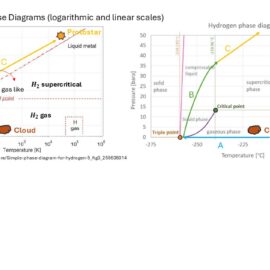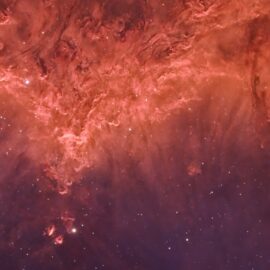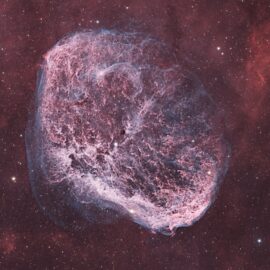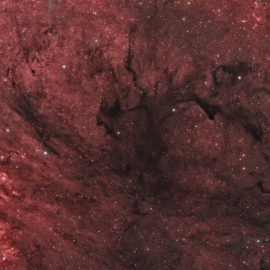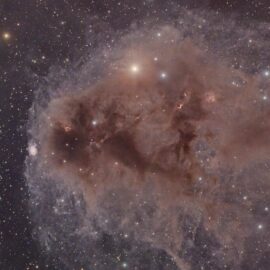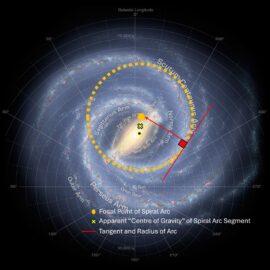One cannot understand the creation of stars from molecular hydrogen clouds any more than one can understand the weather here on earth without reference to thermodynamics. The weather is largely driven by water in gaseous (vapour), liquid (rain, clouds) and solid (snow, ice and ice crystals) forms. Knowing the pressures and temperatures at which these physical phase states occur is fundamental for both water in its role of creating weather, and for hydrogen in its role of creating both stars and the galaxy itself. Every atom and molecule of hydrogen must undergo and piecewise continuous journey through its phase/space – there is no leaping allowed, and the conditions must exist somewhere in a system for phase transitions to occur.
In our description of galaxies, we discuss the atomic and molecular phase states of hydrogen, but here we illustrate and explain the rest of the phase/state journey that hydrogen, at least at the nucleus of a star, must undergo to enable star formation. This is a journey from molecular gas all the way to becoming a hot, molten, liquid metal.
The Cave Nebula and Hydrogen’s Journey
